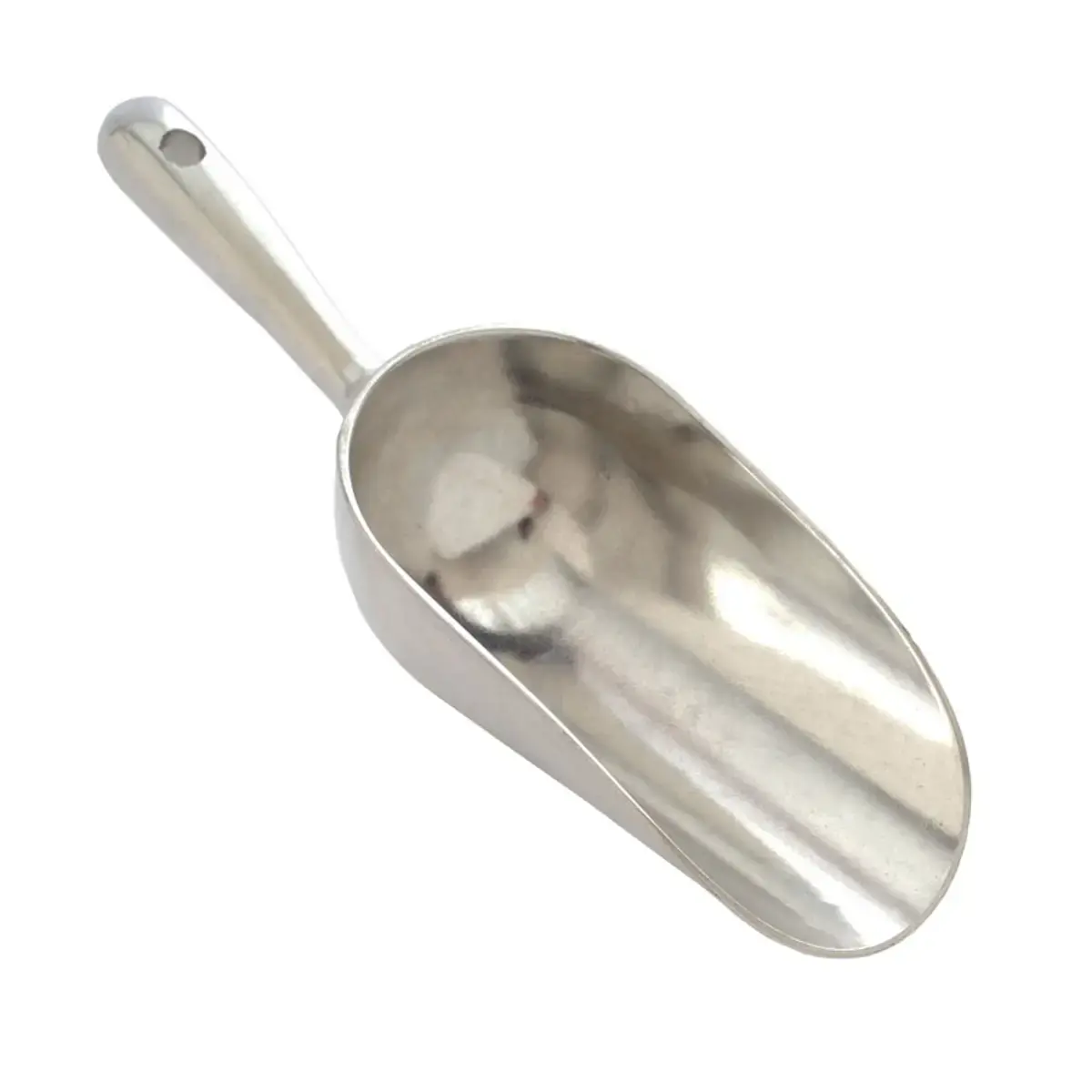Innovation under capitalism definitely looks like determining what forms of animal cruelty will allow meat to cook twice as fast.
Completely by accident. If squeezing a little more profit had lead to meat taking ten times longer to cook, they would’ve done that
Indeed, profit is the only motive and everything else is an accident. People attribute positive effects to capitalism in the same way horoscopes work.
Sure capitalism might breed efficiency and innovation, well except for when it breeds monopolies, and price fixing rackets, and wage theft, and outsourcing, and enshittification, and horrible pollution, and anti unionization propaganda, and… Wait I forget what point I was going to make.
It very efficiently gets someone else rich!
Counterpoint, while cook time might not make a direct profit like
fatterfaster-growing chickens do, it would probably still make the chicken more desirable due to the decreased cook time; especially if you could advertise it as a feature."Life’s fast, so why isn’t cooking faster? Are you tired of your chicken taking hours to cook? Buy Bryson’s Chicken Breasts!
"Bigger!
"Fatter!
"Healthier!
"and faster!
“Our chicken breasts are designed, formulated and engineered to be as big, nutritious and delicious as possible; while also being faster and easier to cook than other brands. So why spend hours cooking normal chicken breasts, when you could cook Bryson’s Chicken Breasts in a fraction of the time? Buy Bryson’s; you won’t regret it.”
Edit: misread “faster” as “fatter” lmao. Point still stands though.
That assumes that the consumer notices the change if it’s bad. Just compare a strawberry that you grew yourself to store bought ones. The store bought is completely tasteless in comparison und usually still white inside because it’s more profitable. And the consumer doesn’t care. And by the time the consumer notices all alternatives are already pushed out of the market so now they don’t get the choice to go for the more expensive but also more tasty one
Taking ten times longer to cook would have have some big cost disadvantages though, both fast food restaurants and regular consumers wouldn’t like it.
It’s easier to just not give them any other options for so long that they forget it was ever any different.
It’s more to do with fork tender. It cooks the same time, just one is much tougher due to well worked muscles.
Case in point two meats that are uncommon in North America. Mutton and mature chicken.
Both benefit from much longer cooking times and are extremely tasty.
The egg yolk one fascinates me. Maybe I should make some custards, tempting.
I wonder if home-raised chicken eggs are closer to old ones
It might, but you would need to track down a heritage breed. Modern chickens have been selected to grow big and fast. They also lay eggs FAR faster. This, unfortunately, lowers the quality of individual eggs. Poor diet and conditions reduce this further. Home raised chickens fix the diet and conditions, but still use fast laying breeds.
Alternatively, duck eggs tend to be a LOT better. They have not been as heavily selected for laying speed. They also, naturally, have a more intense yoke. I grew up in a pub, in my youth. It took a while, but the customers eventually made the connection between our unusually tastes pies and pastries, and the pair of ducks living in the gardens.
if modern eggs are “worse quality” then old time eggs must have been able to revive people.
Try some non chicken eggs. Chicken eggs are good, but they are still “value bread” vs an “artisan loaf”.
Nah, it’s not possible anymore. They were pre-atomic chickens and they are lost to the world.
You motherfucker, I believed you. For a split second “pre-atomic chickens” were a thing that existed and then you took it away from me.
I mean they were a thing, they just didn’t have bigger yolks. Or did they? We’ll probably never know.
Local eggs are more flavorful and paradoxically they’re far runnier than store eggs. I’m not sure what causes the runniness
I heard once that chicken tastes blander than it used to, hence the need for more seasoning.
Not a sign of the times, a sign of the raising. I’ve eaten Perdue and I’ve eaten small farm, free-ranging chickens. The latter is often leaner, tougher and incomparably more flavorful.
https://www.bottomlineinc.com/life/food/food-really-doesnt-taste-as-good-as-it-used-to
In short: chicken got breed for quick growth, lost taste in the process.
It depends of how they are raised. Here in France, we have a “Label Rouge” sign : https://en.m.wikipedia.org/wiki/Label_Rouge . Label rouge chickens are like twice the price or more, but they are flavorful compared to the cheapest ones. There are other great labels (Loué, Janzé, bio, Nouvelle agriculture, …).
I think it’s just that white folks’ tastes have become more accustomed to stronger seasoning. Mine certainly have since I was a kid in the 1960s. Of course some of that is just age progression for an individual, but it’s mostly cultural mixing. And following the Penzeys advice to “Season Liberally.”
I wonder if it’s that or just availability. Some of these things are brought to places now because of our much improved infrastructure.
All animal products that come from factory farms taste different than properly raised animals. Industrial beef smells like corn and tastes bland compared to well cared for beef, but you will pay a premium and it can be hard to find the further you are from the country.
If you haven’t had deer, elk, or bison, you need to so you can taste what red meat is suppose to be and you can feel better knowing that the animal lived a great life in the wild before it was murdered.
Fruits and veggies are the same way. Large farms grow plants to look good and keep looking good long enough to travel around the world twice and sit on a store shelf. Small local farmed plants are more likely to actually have flavor, at the expense of not being perfectly round and shiny (and spoiling ten times faster).
I wonder if farm-raised chickens’ eggs are the exception to the last point? They’re pretty superior in most ways from what I know.
Which, regarding baking, is nothing, to be fair.
My chickens’ eggs have GIANT dark orange yolks inside of a plethora of different colored shells!
Make a custard and report back how many eggs it took!
I’ve never made a custard before! Maybe I’ll do that!
It is simple, and the concept behind it is used in a million different ways, other than custard.
I think that’s mostly incidental, more related to the time supermarket eggs spend in storage before they make it to your plate
That has a part in it for sure, but chickens raised on small farms are handled way better too. Better fed, better rested, better exercised. I’d have trouble believing that doesn’t have any impact on the final result.
I wouldn’t be surprised if the difference in feed is the biggest thing
Regarding eggs… Somehow it seems that eggs have gone rather small. When I have to buy eggs in the supermarket, they often have only S and M sizes, and they are usually at the lower end of the weight group. I have checked, M oficially range from 53 to 63 grams here, but I’ve tested several egg cartons I’ve bought at supermarkets here and had only one egg of 60g in a total of 80, everything else was usually in the 51(!) to 58g range. In comparison to the XL eggs I usually buy at the local farm shop, this is quite a difference.
Interesting that egg sizing labels aren’t that universal. In the U.S. most big stores primarily stock Large (minimum weight 56.7g) and Extra Large (63.8g), while Jumbo (70.9g) is still probably more common than Medium (49.6g).
(My methodology for getting weights was that I used the government labeling requirements for minimum weight per dozen, converted ounces to grams, divided by 12).
Our ranges are S for anything below 53g, M to just below 63g, L to just below 73g, and XL for anything 73g and up. I had eggs in the 85+g range from that farm shop occasionally (that must have been a monster chicken!), and even one 10-pack with 7 double yolk eggs once.
Once they had an offer of size S eggs, and even small ones for that group. They were not much bigger than Quail eggs and from the first layings of young hens. I bought a box of them for fun and fried three of them for breakfast. My son took a look at the tiny little egglet I placed on his plate and he asked me what I had done to the rest of the egg…
I believe the cooking changes happened, but I don’t believe the authors conclusions as to why the changes happened. For instance, it was common place just 25 years ago that the Thanksgiving turkey was slow cooked for like 12 hours and basted while it sat in a pan, or kept and cooked inside an oven bag. More recent times, word has spread that it ends up way better to cook it faster at a higher heat. Not because anything about the birds changed, but because we became more educated at cooking and taking temps and different methods were able to be tried and shared faster due to the internet existing.
I’m betting chicken always could have cooked faster. I’m also betting something else is the reason for the custard recipe besides yolks binding less. Eggs changed a lot over the mass production thing, but nothing has reported a change or drop in the proteins. There’s also a 100 ways to make an egg custard so chances are more that the older recipe had several differences compared to the newer one. I’m sure more modern egg custard recipes are different again. A lot of the popular ones today don’t just use the yolks and don’t even use whole milk. Cooking methods always change.
I’m betting chicken always could have cooked faster.
Chicken can be cooked to temperature quickly, but that alone likely wasn’t enough. We know this for plenty of cuts of pork and beef that the connective tissue needs time to break down, not just a pure cook to temperature (see braising, smoking, and sous vide techniques).
Something like coq au vin, which was developed for cooking older, tougher roosters, traditionally calls for a low and slow cook to break down the tougher animal.
You can also see the difference when buying cuts like vaca vieja (old dairy cattle slaughtered for meat), which calls for different preparation based on the tougher meat.
So no, I can believe the meat itself is very different today, and the recipes adjusted to the change in ingredient characteristics. We’ve documented that the manner of raising animals is totally different, so why would you be skeptical that the meat is different?
You’re comparing animals with fat throughout the muscle to birds that don’t. Also, the connective tissue only starts to break down once getting to about 192f and needs to hang out for a good while between there and 210 to slowly break down. That’s not how your great great grandma cooked chicken. Also, steak was best 200 years ago as it is now. Cooked really fast with some red in the middle.
Methods changed because we got better at cooking.
You’re comparing animals with fat throughout the muscle to birds that don’t.
No, I’m comparing the same species of animal. We’ve gone from 100+ day old birds weighing 2.5 lbs to 47 day old birds weighing 6.5 lbs in the last century. That seems comparable to the difference between old roosters for coq au vin or old dairy cattle for vaca vieja and their respective supermarket counterparts.
Also, the connective tissue only starts to break down once getting to about 192f and needs to hang out for a good while between there and 210 to slowly break down.
No, collagen starts to break down slowly as low as 130°F, but the breakdown speeds up as the temperature rises. There are ways to play around with this with different techniques, where doneness is more than just getting the meat to temperature. It’s why poaching chicken used to be more common than it is today. It’s why chicken wings taste best when double fried. It’s why confit works so well for duck legs.
Also, steak was best 200 years ago as it is now.
Ok, again, if you’ve ever had to work through cooking something like vaca vieja, you’ll notice that it doesn’t cook the same way as a steak that’s been dry aged, or a regular steak at Costco, or a lean grass-fed steak. If your steak technique is the exact same for all of them, you’re probably missing out.
And I’m guessing the NY Times wasn’t exactly building this conclusion based on only steak recipes. 150 years is gonna have a lot of non-steak recipes in the mix.
Methods changed because we got better at cooking.
That’s part of it. But also, trends come and go. I’d rather have a 1950s cheeseburger than a 1990s cheeseburger, and much of the post 2010 scene has been re-implementing some old techniques that fell out of favor (smashing patties, simpler bread for buns, fewer toppings) and a backlash at some of those things that got out of control. Cocktails went through something similar too, with old classics coming back (either as is or with a new variation).
I’m sure any comprehensive catalog of recipes over decades is going to include some fads that fizzled out, like low fat stuff in the 90’s, etc. It’s not some kind of inexorable march of progress.
Age and activity level absolutely effect how “tough” meat is. I’ve raised and cooked both heritage breed chickens and modern broilers. The former take 2-3 times as long to reach maturity, are far more active, and as a result are “tougher”. You can cook them just as fast a broiler, but the end result is going to be tough/chewy meat. The longer cooking time is needed to achieve equally tender meat.
It’s the difference between cooking a rib-eye and a brisket.
I’m betting chicken always could have cooked faster.
A few months ago my mother bought a free range chicken for lunch. It took over twice the ordinary time needed for cooking a chicken. The difference was massive and obvious, no way is there an another explanation.
They just used to overcook chicken.
Do you look at the old pictures (photos, paintings) of food and see overcooked chicken?
You can look at a 100 year old picture and tell if it was cooked to over 165f?
Is overcooking not visible?
Burning the outside is visible. Over cooking meat definitely is not visible, unless you way, way, over cook it. A pork loin cooked to 145f can look almost exactly like one cooked to 170f from the outside.
The point the article is making is that it’s not just a matter of us having different ways of cooking for these recipes… it’s that the old recipes simply don’t work because of the differences in our ingredients now. Just because one can cook a custard differently isn’t the point: it’s that the old recipes simply don’t work now because the egg is different. Likewise follow the same chicken recipe and it calls for cooking 45 minutes and now we realize the chicken is done and tender in 20… this ain’t your great-grandmothers chicken.
I’d argue the chicken is because we have a better grasp of safe cooking temps. The chicken didn’t used to take longer. They just used to overcook chicken.
Are you suggesting that, over the 7000+ years, humans have only just now figured out how to cook chicken properly?
About 150 years ago they threw a doctor in an insane asylum for suggesting to wash hands between patients and until fairly recently no one used meat thermometers. So yes. They didn’t have a bead on it 100 years ago.
You don’t need a thermometer to cook chicken.
You cook it and taste it.
Was it raw? Was it tough? You cook it slightly longer or shorter next time.
People didn’t have microscopes hundreds of years ago, but they were as intelligent as we are.
And you don’t need to understand germ theory to know what tastes good.The fact that you’re even entertaining this is ridiculous, and I refuse to engage further.
btw that cookbook is incredible. I have the most recent edition and it has so much information and such a deep well of amazing cooks. Highly recommend!
Funny how the objections ITT are over the items that would cause people to have to reevaluate the ethics of their dietary choices.
Do you know where you are?
You’re in The Jungle, baby.
And there are no more recipes for passenger pigeon.
Maybe in the olden days people liked their custards more fluid?
Mayyyybe but generic store-bought eggs have TINY yolks compared to my chickens’, so I’m guessing it’s also the cruelty.
That tracks, though. If chicken tastes like everything and we are losing things to extinction. Obviously, chicken has less to taste like.
so basically, ‘shrinkflation’ has hit the commodities
deleted by creator
The world would be a better place if the gross shills at the NYTrash stuck to cook books.














